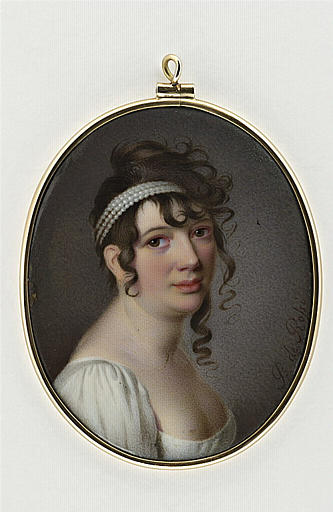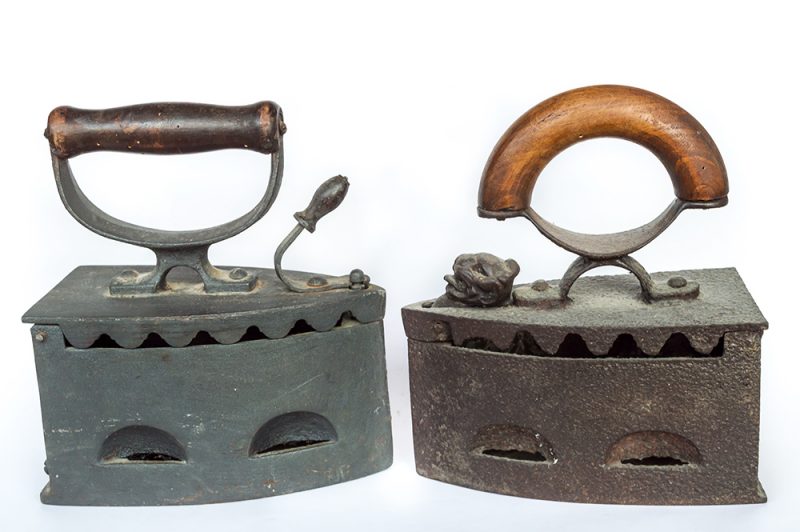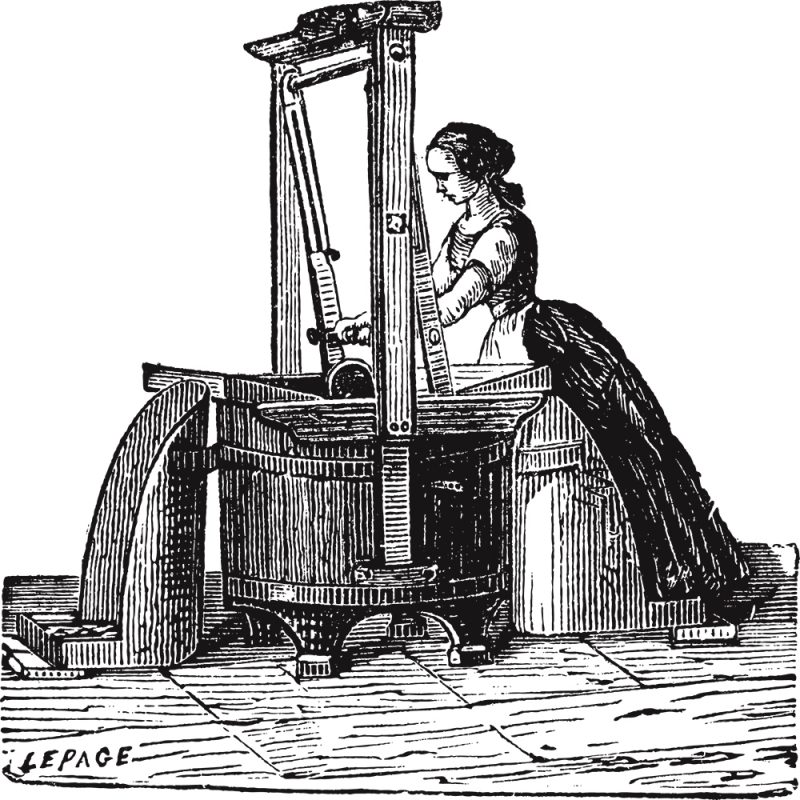I have to say, up front here, that most Regency authors take a lot of liberty with history, when it comes to most holidays. That’s fair – after all, our readers
want a good story, with concepts that they relate to, for the season. But let’s
take a quick look at what Valentine’s Day celebrations were actually like in
the Regency period.
The beginnings of Valentine’s Day go back to the third century! Saint
Valentine was a priest at that time, and was imprisoned for a long time. He
was not sainted until considerably later. There are a range of versions of his
story told, and it is uncertain which are true, but the core of today’s Valentine’s Day traditions, and those engaged in during the Regency period, go back to one element of the stories told.
According to those stories, whilst imprisoned, Saint Valentine wrote letters to a woman that he had come to love, and signed them ‘your Valentine’.
Everyone loves a good story, and through the centuries the whole thing was romanticised. In the 1600s and 1700s people began to give love favours and small gifts on Saint Valentine’s Day, and by the Regency period, that had become a very common thing to do – mainly men giving favours to the women that they were courting, or to their mistresses in some cases. It was less common amongst those who were already married.
At that point, the favours and tokens given were all hand made, and could be of any style or construction – it was the thought behind them that mattered. In the early 1800s it became more common for a favour to include, in some way, poetry.
Cards decorated with lace and ribbon were made by hand, often by the giver. Around 1815 or so, enterprising people saw the opportunity, and began to mass produce those cards, still, initially, by hand. Rapidly after that, however, machine made cards came into existence, featuring things like machine cut paper lace. These became called ‘mechanical valentines’.
The advent of more affordable and reliable mail services in the early 1800s, in combination with ‘mechanical valentines’, allowed a massive expansion of the giving of the cards – with hundreds of thousands of them being posted around the date of Saint Valentine’s Day each year by approximately 1820.

As machine made, mass produced cards became easily available, the hand made, beautifully decorated versions became a more exclusive product, reserved for those who could afford to pay for that level of quality.
In some ways, it is surprising how much the ‘commercial’ aspects of the Regency Saint Valentine’s Day celebrations resemble those of today. In other ways, we can see that the Day was still seen as more of a religious holiday (and was still called Saint Valentine’s Day), and that the way that it was celebrated was limited to the giving of cards or favours. It is a fascinating time in the evolution of the celebration, as the concept of mass produced cards began to drive a commercial approach.
If you had lived in the Regency period, consider – how would you have celebrated Saint Valentine’s Day?
 Other Christmas Decorations – were mostly greenery and berries. Greenery used, apart from pine boughs, was rosemary, bay, holly, laurel, and mistletoe. This was a longstanding tradition, going back to medieval times and earlier. There are references to kissing under the mistletoe as early as the late 1600s as well.
Other Christmas Decorations – were mostly greenery and berries. Greenery used, apart from pine boughs, was rosemary, bay, holly, laurel, and mistletoe. This was a longstanding tradition, going back to medieval times and earlier. There are references to kissing under the mistletoe as early as the late 1600s as well. Generally the women who were famous for being ‘diamonds of the first water’ in the Regency era were not the super slim things you might expect. If you looked at them today, you would probably see them as short and rather plump. Why would that be considered beautiful ? Well, at the simplest level, a certain plumpness is a good indication of wealth – you are not starving, you can afford enough food to be plump!
Generally the women who were famous for being ‘diamonds of the first water’ in the Regency era were not the super slim things you might expect. If you looked at them today, you would probably see them as short and rather plump. Why would that be considered beautiful ? Well, at the simplest level, a certain plumpness is a good indication of wealth – you are not starving, you can afford enough food to be plump!

